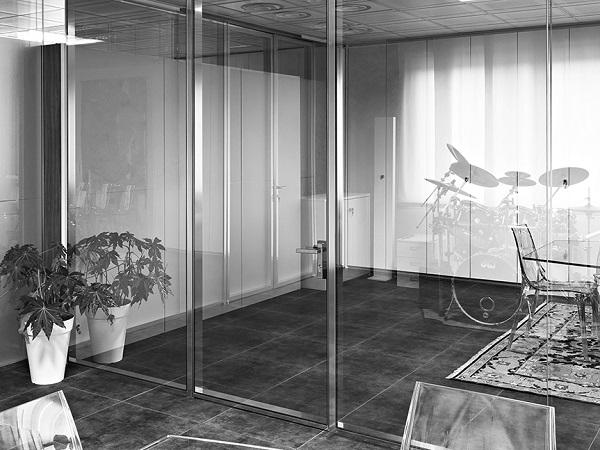
Date: 7 September 2018
A constantly changing landscape
During its evolution, through the movements of the tectonic plates that led to the breaking of the Pangea, the planet earth has undergone a series of upheavals at the underground level that led to the breaking and formation of the continents and oceans as we now know them. This process is still ongoing, causing annually the approach or removal of continents and islands.
An example comes from the detachment of Sicily from the Italian peninsula, confirmed by the Institute of marine sciences Ismar-Cnr of Bologna, from the university of Parma, from the Ingv and from the Geomar (Germany), that reveals as a series of faults under the Ionian Sea is causing the slow separation between Sicily and Calabria. This movement is also at the origin of what is identified as an earthquake.
Although we tend to forget it, Italy is geographically a seismic territory. This means that the terrestrial plates beneath our walkable soil are constantly moving although we do not realize it.
An interesting fact comes from the National Council of Engineers who reported that 21.5 million Italians reside in areas of the country at very high risk or quite high, areas that are classified as 1 and 2 on the scale of the risk of seismic events.
Another 19 thousand reside in an area with zone 3. This overview and the various earthquakes in recent years, help us to understand how in the past have been neglected such data in the construction of structures that should have been in place tested for similar events.

Structural safety first of all
The changes in the territory as a particularly violent volcanic eruption or an unexpected earthquake like that of the city of Amatrice in 2016, are events that profoundly mark the lives of all of us, from those who have lived them in person to those who indirectly experience it through the information media available nowadays.
The speed of diffusion of a video or news is now rapid and capillary, expanding like wildfire from the point of origin to the most distant suburbs. The upheaval caused by these natural phenomena should make us reflect on how important it is in building construction, rely on a company that works in total transparency and that seeks and strives for the growing innovation of solutions that secure the bases and walls of our cities.
The production of public and private anti-seismic buildings has increased in recent years, as a result of the various natural disasters that have hit our country, and has become an essential sign in securing the territory.
The challenges in this regard seek to combine the growing advancement of contemporary interior and exterior design, with solutions that respect the reliability parameters of an earthquake-proof structure. An advice when you decide to buy or rent a structure is therefore to always check:
- year of construction of the building, since the old ones or buildings constructed before 2013 were not obliged to comply with anti-seismic regulations
- the technical standards of constructions
- what kind of structure is it, whether of reinforced concrete, brick walls, reinforced walls or other

Guaranteed safety with anti-seismic glass walls
These vestments are the basis for making sure that you can enjoy solid constructions. From these you can then start towards an aesthetic search, so as to arrive at a unique and original design that makes the buildings cutting edge as regards architecture and decoration.
It is interesting to analyze how much recently the glass walls have spread inside offices and homes. One of the first questions that arise spontaneously is: can I really be considered safe from the point of view of possible seismic shocks? The answer is yes, considering the technical goals achieved in recent years.
An example comes from the Inwall wall of the Vetroin collection, a leading company in Italy in the production of glass partition walls. The tenth collection, expressly released on the tenth anniversary of the company, responds precisely to the question mentioned above.
In this case the anti-seismic glass wall respects all the parameters to be considered as such. After tests conducted by the University of Naples Federico II on a vibrating table, the Inwall collection would have responded perfectly to the stability during the 2016 earthquake in Amatrice. It is therefore not difficult to understand that an anti-seismic glass partition wall like that of Vetroin can be an excellent choice for anyone who wants to integrate safety and design.
Inwall, the revolution of glass partition walls

Let's get more immersed in this technological innovation to understand what are the characteristic elements of these anti-seismic glass walls. The main safety measures that prevent glass breakage in seismic conditions are:
* the leveler, designed to guarantee a structural strength and micrometric adjustment during installation, an accessory that makes easy and precise all the leveling operations on the walls
* the compensator, which allows further adjustments to the summit profiles and absorbs both the structural settlements of the building and the stresses in the seismic phase.
In addition, the wall has an innovative fastening system without the use of adhesives or double-sided adhesive. A mechanical fixing that no wall system presents on the national and international market, currently under patent. The advantages deriving from this type of external profile include:
- more security
- greater noise reduction
- drastic reduction in the passage of dust inside the walls
The external thread, or the absence of profiles that contain the glass, allows to maintain the glass surface completely exposed, lightening and making more precious the finishing of the walls.
We are therefore in front of a real revolution both in the field of structural innovation both in terms of design, a secure partition wall that will guarantee stability without sacrificing the comfort of a well-lit and visually open space.
 600450
600450

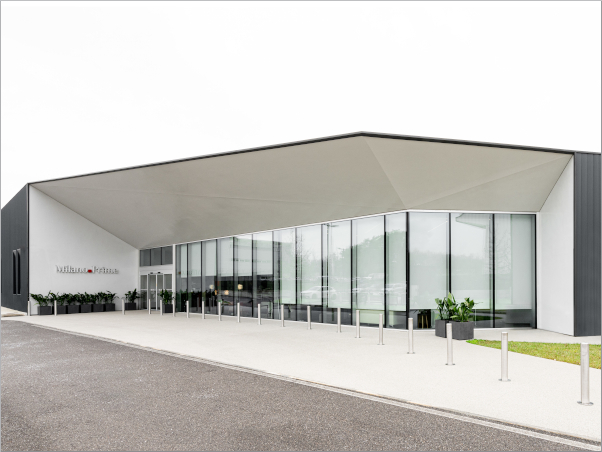
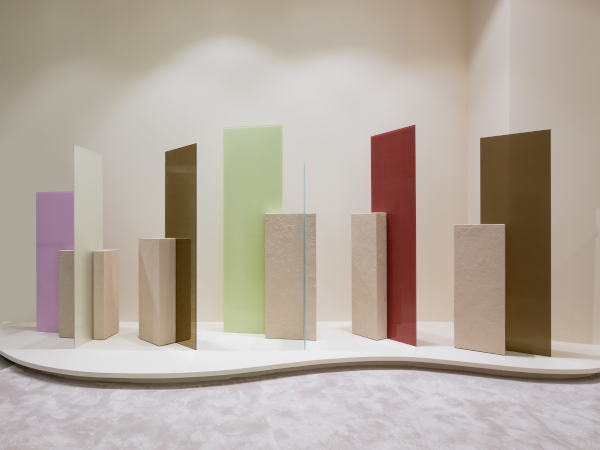

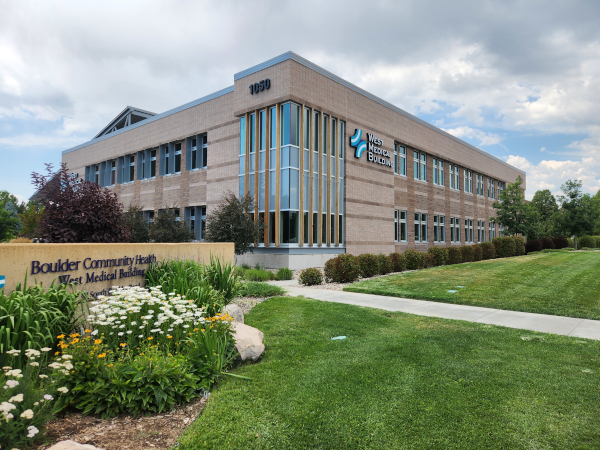
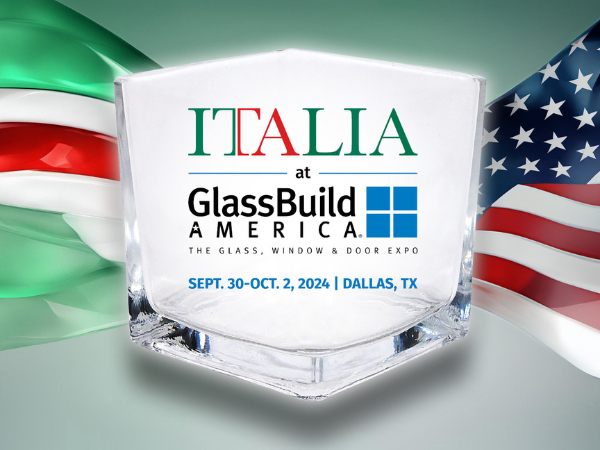
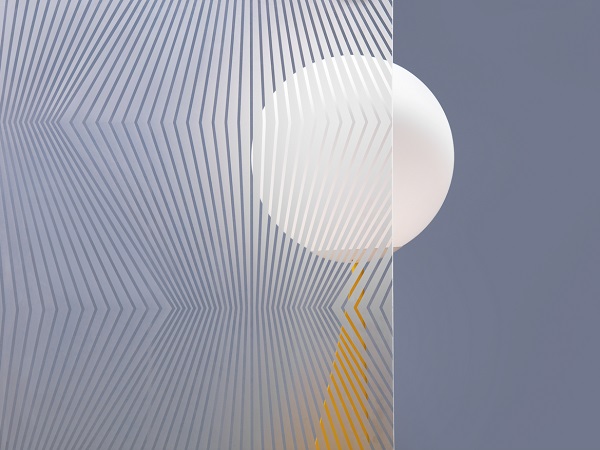







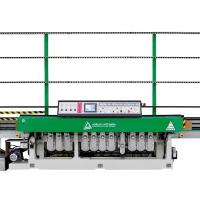
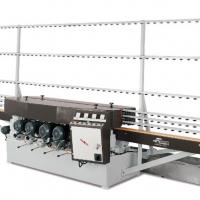

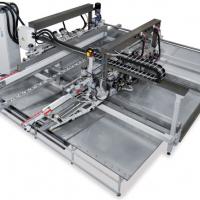

Add new comment